Why Chasing High DA Might Be Hurting Your SEO More Than Helping It
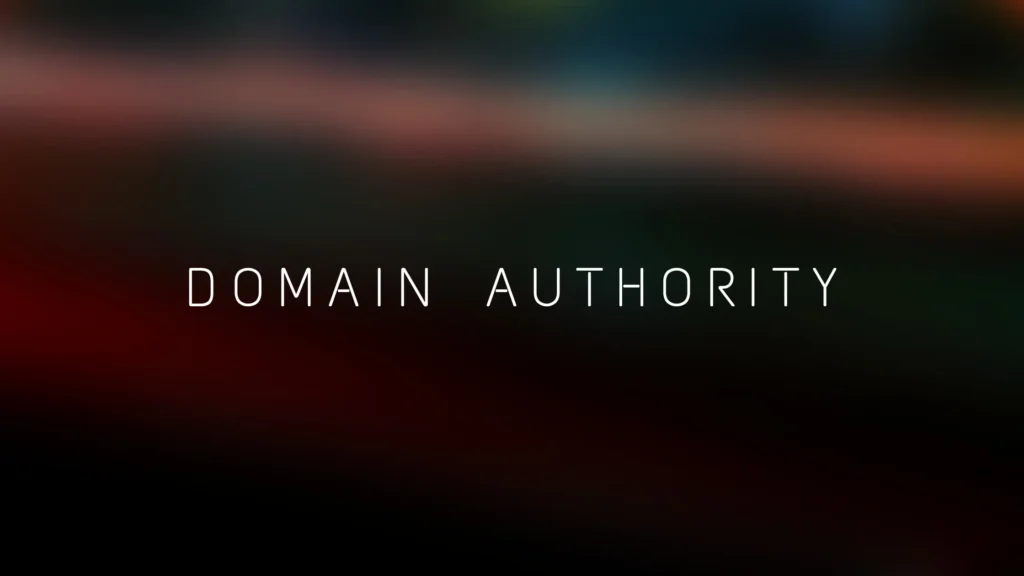
Basic Understanding of Domain Authority
Domain Authority (DA) is a score that tells how strong and trustworthy a website is in the eyes of search engines, especially Google.
Think of it like this:
Your website is like a person giving advice. The more people trust this person, the more likely others will believe and follow that advice. In SEO, Domain Authority is that “trust score” for your website.
Who Gives This Score?
Moz, an SEO software company, is the creator of the Domain Authority (DA) score. This score ranges from 1 to 100. A brand-new website typically starts at a DA of 1, while very strong and well-established websites like Google, Facebook, or Wikipedia are closer to 100. The higher the score, the more “authority” a site is assumed to have in the eyes of search engines — at least according to Moz’s model.
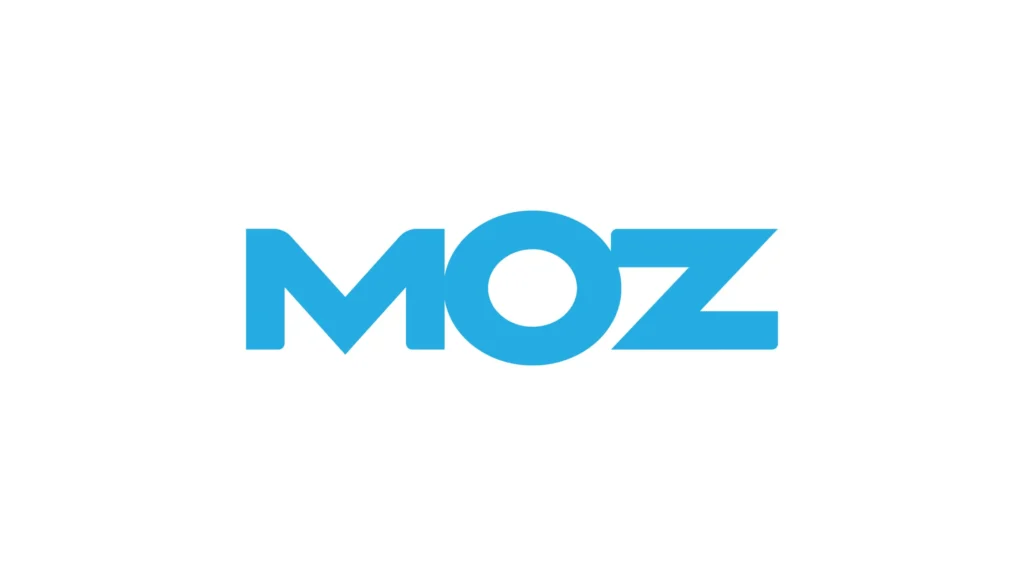
What affects your DA score?
DA is not something you can directly control, but here’s what influences it:
- Backlinks from strong websites
– If popular, trusted websites link to your site, your DA goes up. - Quality over quantity
– One backlink from a reputable site is better than 100 from spammy ones. - Internal linking and structure
– Clean, organized websites also help. - No spammy links
– Links from spammy or low-quality sites can hurt your authority.
Does Google use DA?
No, Google does NOT use DA directly.
But: It’s still useful for SEOs and marketers to compare websites and understand their ranking strength.

Why Does DA Matter in SEO?
Websites with higher Domain Authority (DA) usually tend to rank better on Google — although this isn’t always the case. While Google doesn’t use DA directly, it can still be a useful benchmark for SEOs and marketers. It gives you a sense of your domain’s overall “ranking power” and helps track whether your site is improving over time from an authority and backlink profile perspective.
Example:
Let’s say you’re starting a website that to offer website maintenance services in Toronto, Canada.
At first, your DA is low.
But over time:
- You write good content
- Other websites start linking to you
- You avoid spammy tricks
Your DA grows from 5 → 10 → 20.
Now, when someone Googles “Website maintenance company in Toronto,” Google starts showing your site higher in the results, because it trusts your site more.
Popular Tools And Their Algorithms
Many popular SEO tools like Moz, Ahrefs, Semrush, and others offer their own version of a website authority score — such as Domain Authority (DA), Domain Rating (DR), and Authority Score (AS). While all of them aim to measure how strong or trustworthy a website is in terms of SEO, each tool uses a different method or “math” to calculate these scores. Some focus only on backlinks, while others include traffic, content quality, or domain trust. Understanding these differences can help you choose the right tool and better evaluate your website’s performance.
Following are some of the most popular ones and a glimpse how they calculate it.
1. Moz – Domain Authority (DA)
Name of metric: Domain Authority (DA)
Score range: 1 to 100
Tool:Moz
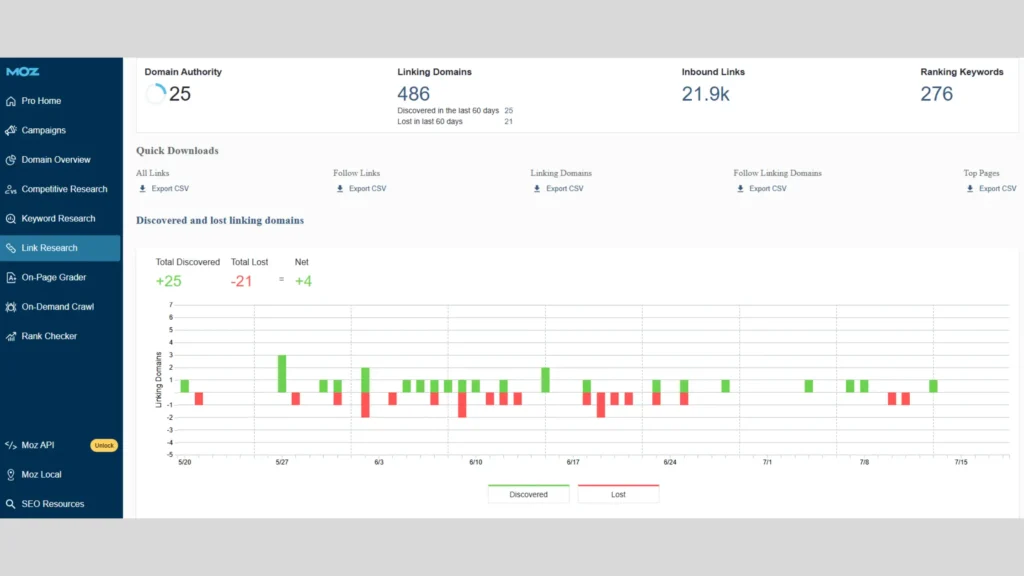
What it measures:
Moz’s DA predicts how likely a website is to rank on Google compared to other websites.
How Moz calculates it:
Uses machine learning to compare thousands of real search engine results.
- Factors in:
- Linking root domains (how many different websites link to you)
- Total number of links
- Quality of backlinks (spammy vs trustworthy)
- Link profile distribution (not all links are created equal)
The score is relative, not absolute — it changes as other sites on the web gain or lose authority.
2. Ahrefs – Domain Rating (DR)
Name of metric: Domain Rating (DR)
Score range: 0 to 100
Tool:Ahrefs
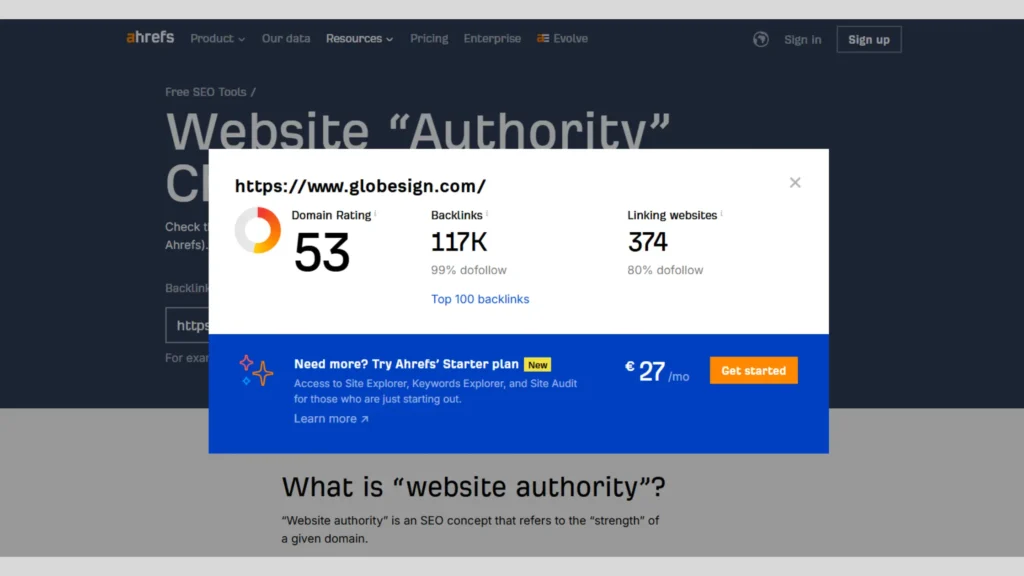
What it measures:
Ahrefs’ DR measures the strength of a website’s backlink profile compared to all other sites in their database.
How Ahrefs calculates it:
- Looks at unique dofollow backlinks (ignores nofollow links).
- Takes into account:
- Quality of referring domains
- DR of linking domains
- How many outbound links the linking site has
- It uses a logarithmic scale, meaning it’s harder to go from 70 to 80 than from 10 to 20.
DR is only about backlinks, not on-page SEO, content, or traffic.
3. Semrush – Authority Score (AS)
Name of metric: Authority Score
Score range: 1 to 100
Tool:Semrush
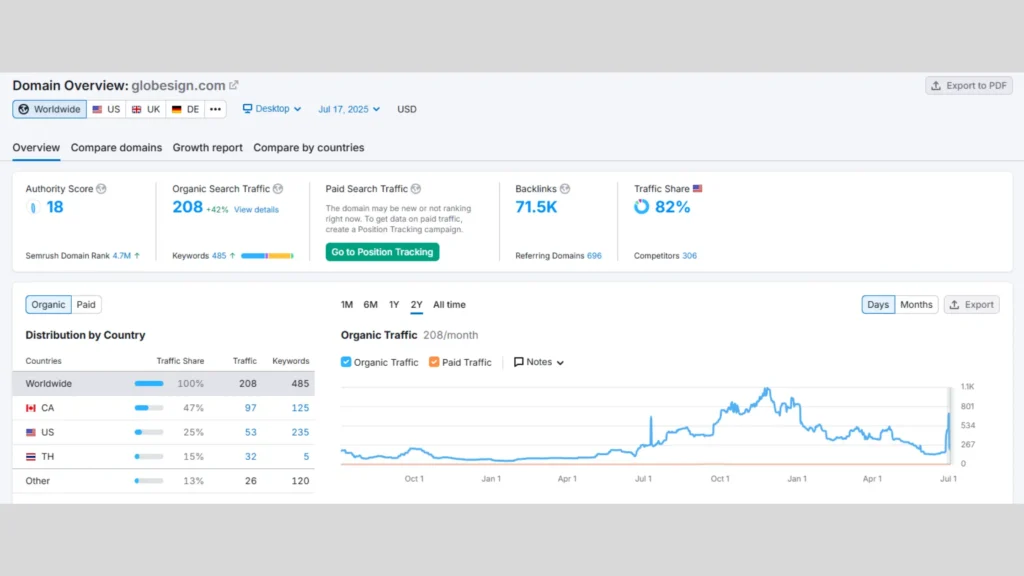
What it measures:
Semrush’s AS shows the overall quality and SEO strength of a domain or webpage.
How Semrush calculates it:
Semrush uses a composite metric — more holistic than Ahrefs.
It includes:
- Backlink data
- Number and quality of referring domains
- Dofollow vs. nofollow
- Toxicity of backlinks
- Organic search data
- How much traffic the domain gets
- Keyword rankings
- Traffic data
- Estimated monthly visits (based on Semrush data)
Semrush gives a dynamic score, updated frequently, and influenced by both link profile and SEO performance.
4. Majestic – Trust Flow (TF) & Citation Flow (CF)
Score range: 0 to 100 for both metrics
Tool:Majestic
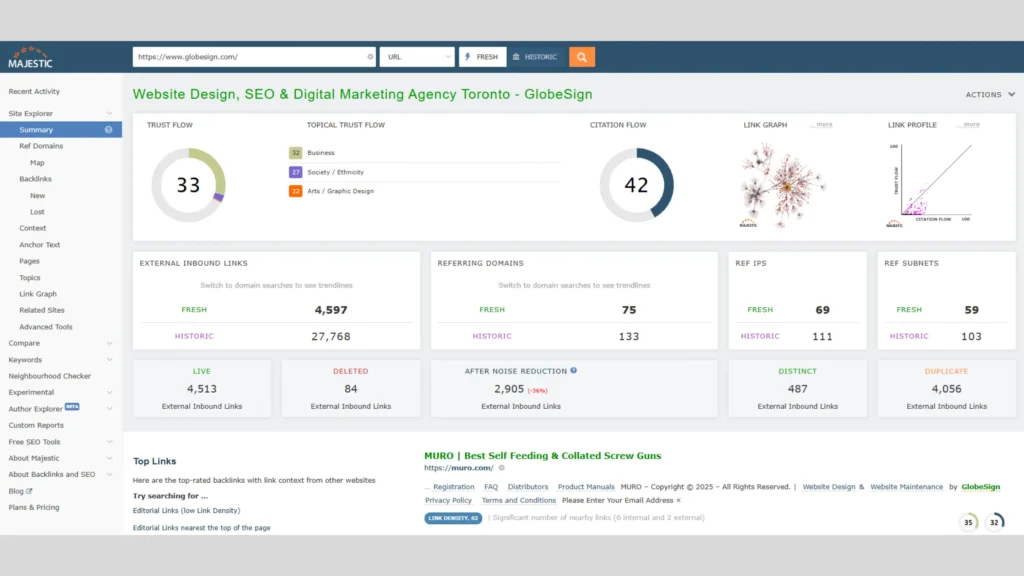
What it measures:
- Citation Flow: The number of backlinks (quantity).
- Trust Flow: The quality of those backlinks based on how trustworthy the linking sites are.
How Majestic calculates it:
- Sites are given a score based on how close they are to a “seed set” of trusted sites (like CNN, BBC, etc.).
- If your links come from sites linked to those trusted sources, your Trust Flow increases.
High Trust Flow + Low Citation Flow = High-quality site.
High Citation Flow + Low Trust Flow = Potential spam.
6. Ubersuggest – Domain Authority (DA)
Name of metric: Domain Authority (DA)
Score range: 0 to 100
Tool: Ubersuggest (by Neil Patel)

What it measures:
Estimates how likely a domain is to rank in search engines based on its backlink profile and overall SEO strength.
How Ubersuggest calculates it:
-
Analyzes the quality and quantity of backlinks to the domain.
-
Considers referring domains, link velocity, and link diversity.
-
Higher scores are typically influenced by links from authoritative websites.
Comparison Table
| Metric Name | Tool | What It Measures | Key Factor | Includes Traffic? |
| Domain Authority | Moz | Ranking potential based on link profile | Link profile (quality + qty) | ❌ No |
| Domain Rating | Ahrefs | Strength of backlink profile | High-quality dofollow links | ❌ No |
| Authority Score | Semrush | Overall SEO strength (backlinks + traffic) | Links, traffic, SEO | ✅ Yes |
| Trust Flow / CF | Majestic | Link quality (TF) and quantity (CF) | Trust + Citation | ❌ No |
| Domain Rank (SDR) | Serpstat | Backlink profile strength | Authority of linking domains | ❌ No |
The Real Domain Authority SCAM: What Most People Don’t Realize
There was a time when Domain Authority (DA) felt like the holy grail for SEOs. Created by Moz, this metric gave website owners, marketers, and clients a way to quickly judge the “authority” of a site — a simple number from 0 to 100 that represented how well a site might rank in search results.
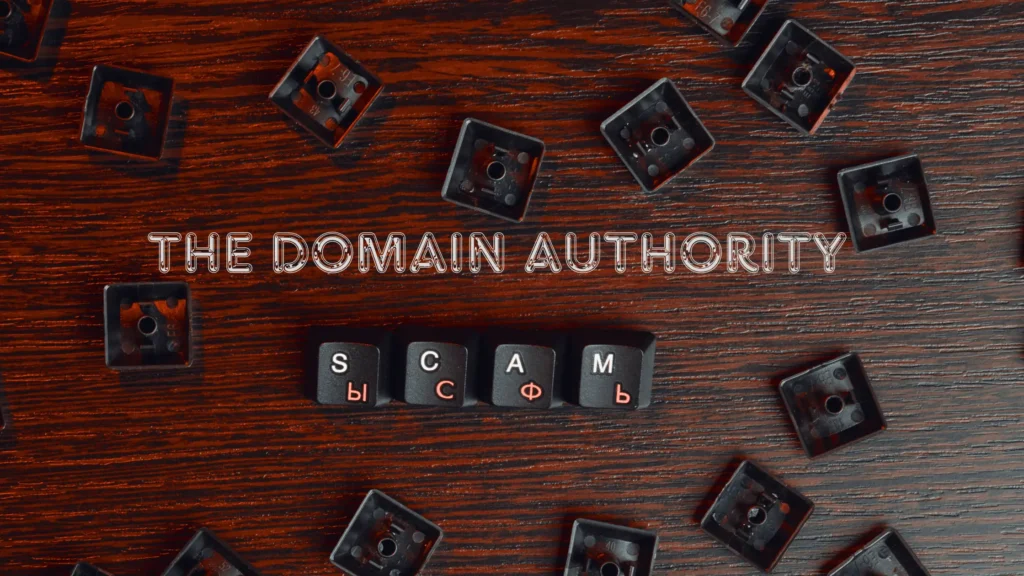
And while the intention was good, things quickly went sideways.
Like any system, people found a way to exploit it. That exploitation turned into a business model. And today, Domain Authority is not just misunderstood — it’s being weaponized to scam people, especially those who don’t fully understand how SEO works under the hood.
Let’s walk through what really happened — and why you should be careful before trusting that shiny “DA 50+” pitch.
How Domain Authority Became a Target for Manipulation
Moz’s Domain Authority uses several signals to generate its score. One of the biggest signals used to be the number of referring domains — in other words, how many different websites are linking to a given domain.
The logic was simple: if lots of sites link to yours, your site must be trusted. And while that may make sense in theory, in practice it opened the door to all kinds of manipulation.
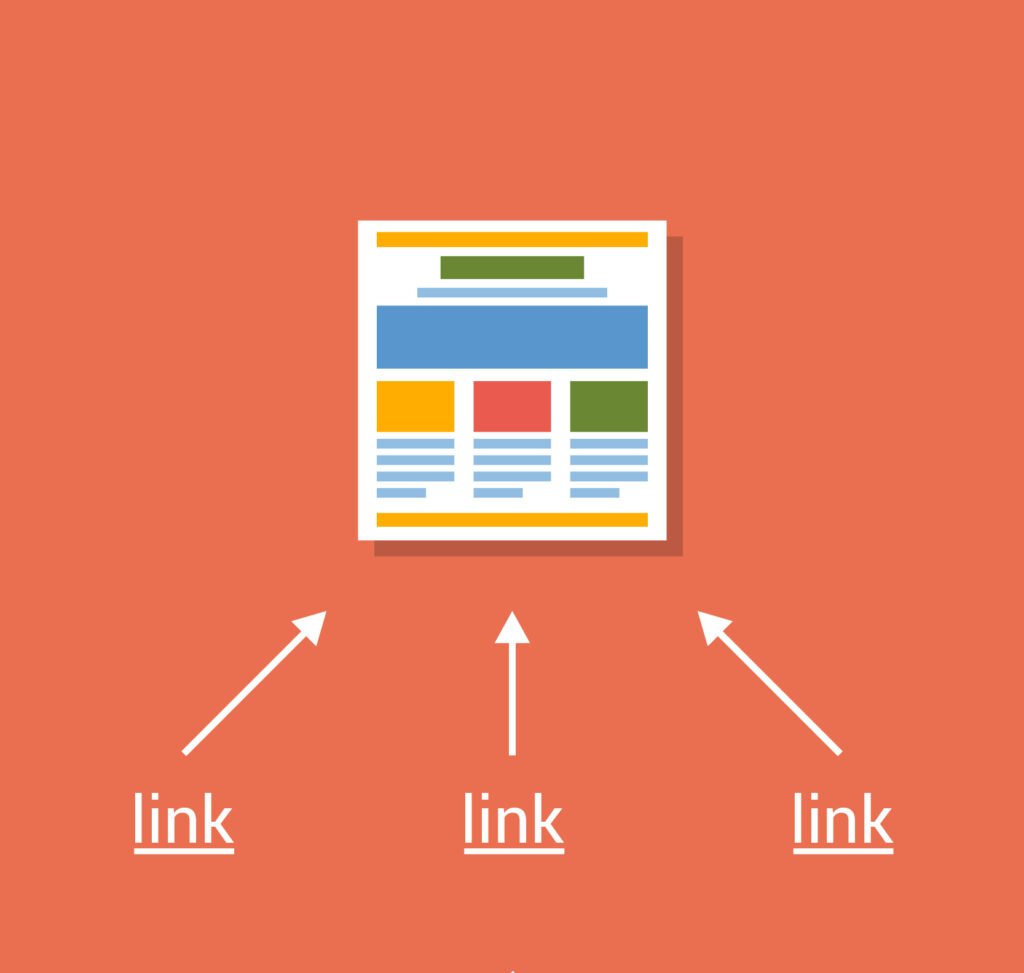
Some SEOs realized they could easily boost DA by creating large numbers of backlinks — not real, natural backlinks, but artificially created ones.
This is where Private Blog Networks (PBNs) came in.
They’d register or buy hundreds, sometimes thousands, of low-quality domains and use them to create blogs with fake or spun content. Each of these blogs would then link back to a central “money site.” The result? That main site’s DA would start climbing rapidly — sometimes reaching 50 or more in just a few months.

But if you looked deeper, the scam started to show. The site would have:
- Virtually no organic traffic
- No real keyword rankings
- A suspiciously young domain age
- And sometimes even millions of backlinks from completely irrelevant or spammy domains
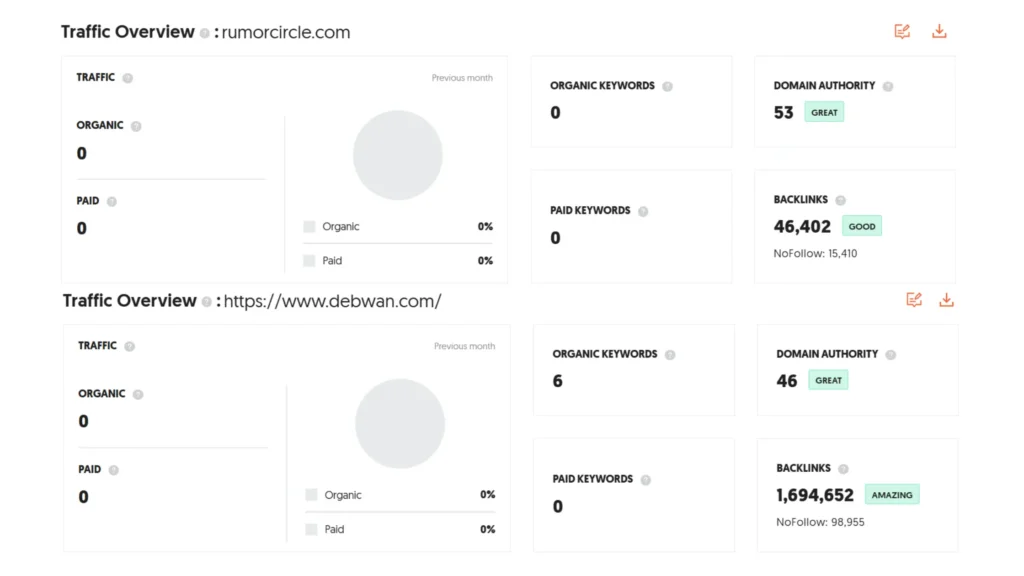
Yet because of the inflated DA, that website looked powerful on paper. That’s where the scam began.
Turning Fake Authority into Real Money
Once the DA was inflated, these sites turned into goldmines for their owners.
They’d start offering guest post services or backlink placements, proudly advertising that you could “get published on a DA 54 site” — and they’d charge good money for it. And the worst part? People were buying it.
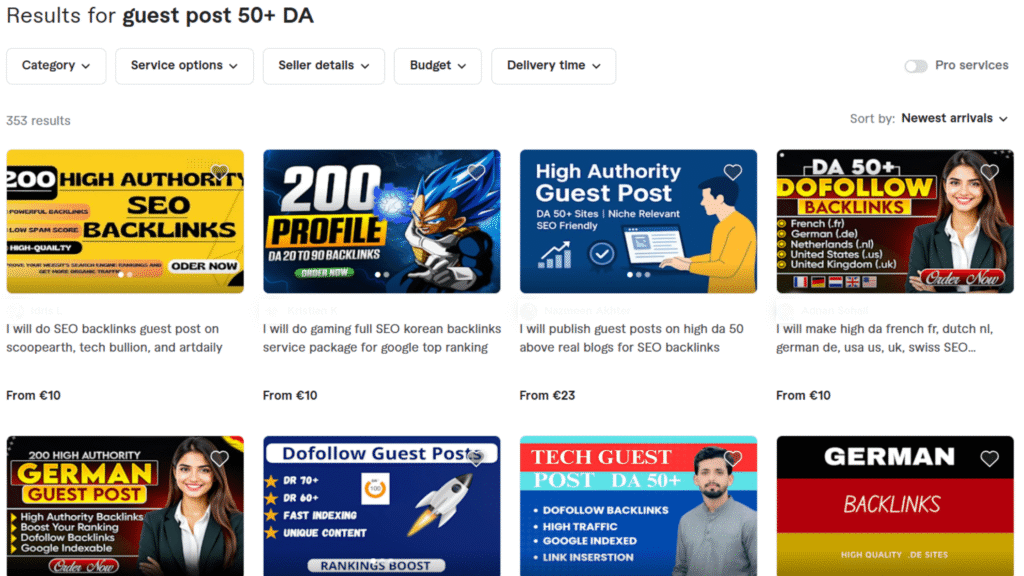
Small business owners, freelance marketers, even some agencies — they’d see that DA number, compare it to their own, and assume it was a great investment. But they didn’t know that the site had no traffic, ranked for no valuable keywords, and wasn’t trusted by Google in any real sense.

In reality, the backlinks they were buying were from sites that would never help them rank. In fact, they might even hurt their SEO.
The Second Layer of the Scam: DA-Boosting Services
It didn’t stop there. As the trick became more popular, services began popping up on Fiverr, Upwork, and other marketplaces offering to “increase your DA to 40+” in just a couple of weeks.

And again — many people fell for it.
These services typically used the same method: link your site to a giant web of PBNs or spammy domains and watch the DA number rise. Technically, it worked — if your only goal was to make your Moz score go up.
But in terms of real SEO value? It was worthless. Worse than that — it was dangerous.

Google has been clear for years: backlinks created just to manipulate rankings are against their guidelines. And if Google detects that kind of link-building behavior, your site could be penalized, lose rankings, or even get deindexed.
They’ve even stated directly:
“Links intended to manipulate rankings… violate our spam policies.”
— Google Search Central
So while people were busy boosting their DA and selling links for profit, they were also setting up their buyers for SEO failure — and most of them had no idea.
But Isn’t DA Still Useful?
This is where things get tricky.
Metrics like Domain Authority (Moz), Domain Rating (Ahrefs), or Authority Score (SEMrush) aren’t inherently bad. They’re not scams by themselves. They’re just third-party metrics — educated guesses, if you will, about how “authoritative” a site might be in the eyes of Google.

The real problem starts when people treat these scores as the only signal that matters, or worse, try to game them for personal gain.
If you’re thinking about buying a backlink or a guest post — or even just analyzing a domain — relying on DA alone is a huge mistake.
What You Should Look At Instead
Let’s say you come across a site offering you a backlink. The first thing you should do is stop caring about the DA and start looking at more meaningful data.
For example, does the site actually get traffic? What kind of traffic? Is it from the US, Canada, UK — or is it a bunch of junk traffic from irrelevant countries?
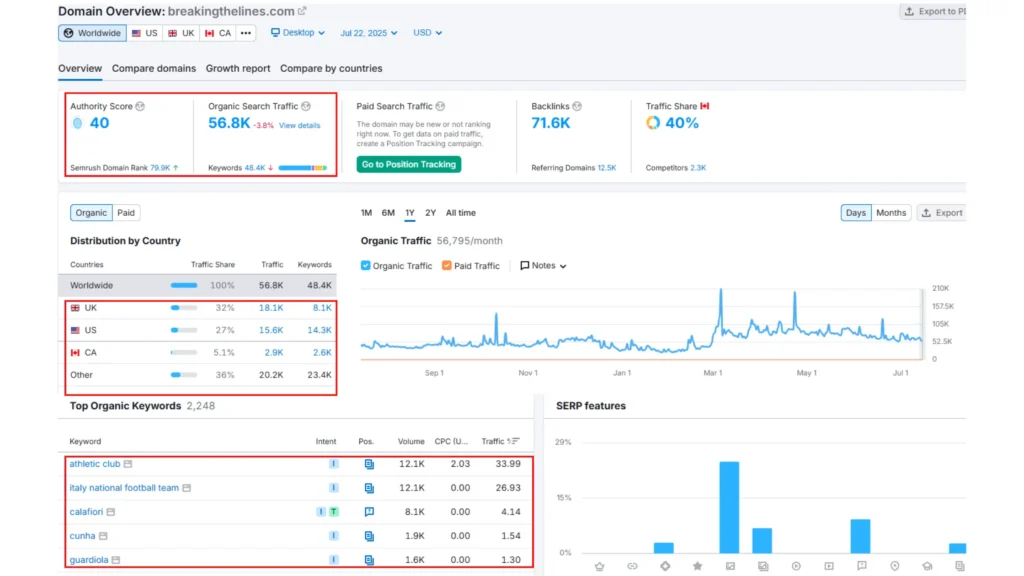
Next, check what keywords the site is ranking for. Are they real terms that people search for, or is the site ranking for garbage symbols like “$” or “&” because it published a bunch of 1,000-word articles stuffed with nonsense just to generate fake impressions?

Also, look at the age of the domain, the content quality, and whether the site appears to have any real audience or engagement.
When you dig into these signals, you’ll quickly see the difference between a real, healthy website — and one that’s just built to sell links.
So Which Tool Should You Trust?
None of the tools — Moz, Ahrefs, SEMrush — are perfect. But if you want a more reliable picture of a site’s actual authority and SEO value, SEMrush tends to be more accurate, especially after their latest update.
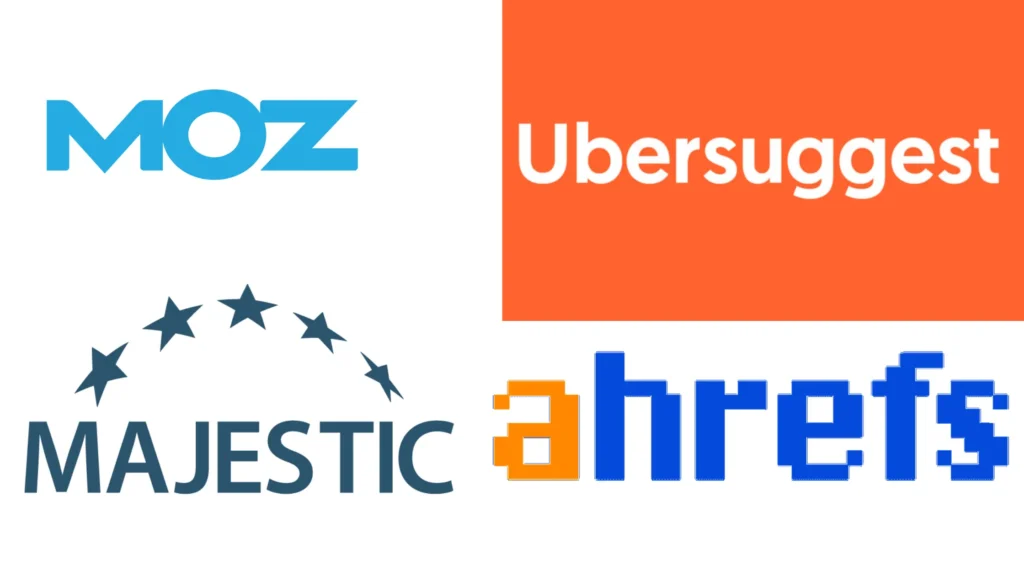
In June 2023, SEMrush changed how they calculate their Authority Score (AS). They started factoring in real-world indicators like organic traffic trends, keyword strength, link toxicity, and domain relevance — not just the number of backlinks.
This made their Authority Score a bit harder to game, and therefore more reflective of a website’s real-world SEO strength.
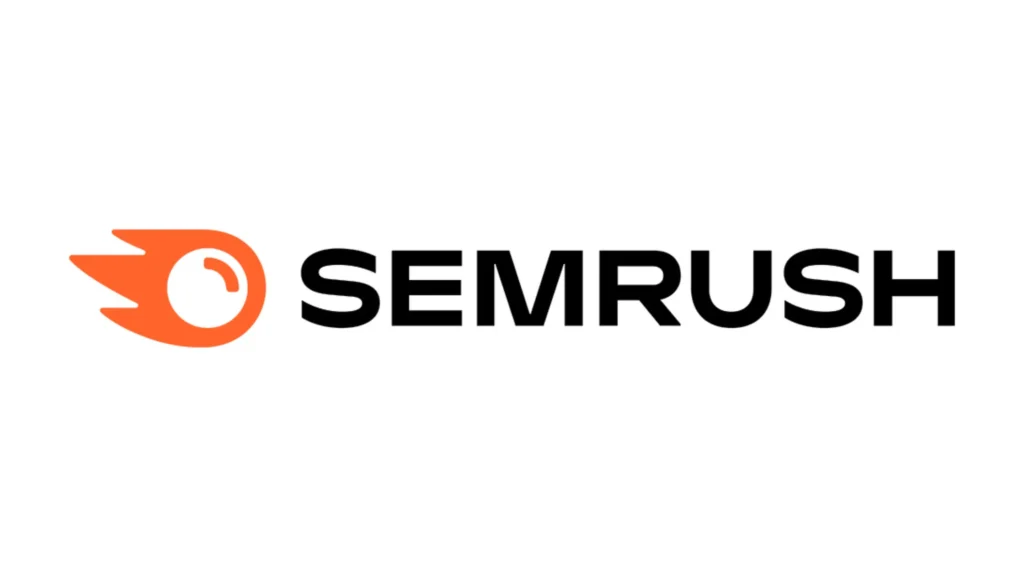
Read SEMrush’s official announcement
So if you’re evaluating a site, don’t stop at the DA or DR. Use tools like SEMrush to look deeper.
Final Thoughts
This whole “Domain Authority scam” is built on a simple truth: people love shortcuts. And in SEO, shortcuts often turn into scams.
The idea that you can buy your way into high rankings by purchasing links from high-DA sites sounds great — but it’s an illusion. A dangerous one.
If you’re serious about SEO, forget about chasing scores. Instead, focus on building:
- Real content that solves real problems
- Backlinks from relevant, trustworthy sites
- Long-term strategies based on value, not manipulation
Because at the end of the day, Google doesn’t rank websites based on DA — it ranks them based on trust, relevance, and value.
Don’t fall for the metrics trap. And definitely don’t pay someone for a number that means nothing.





